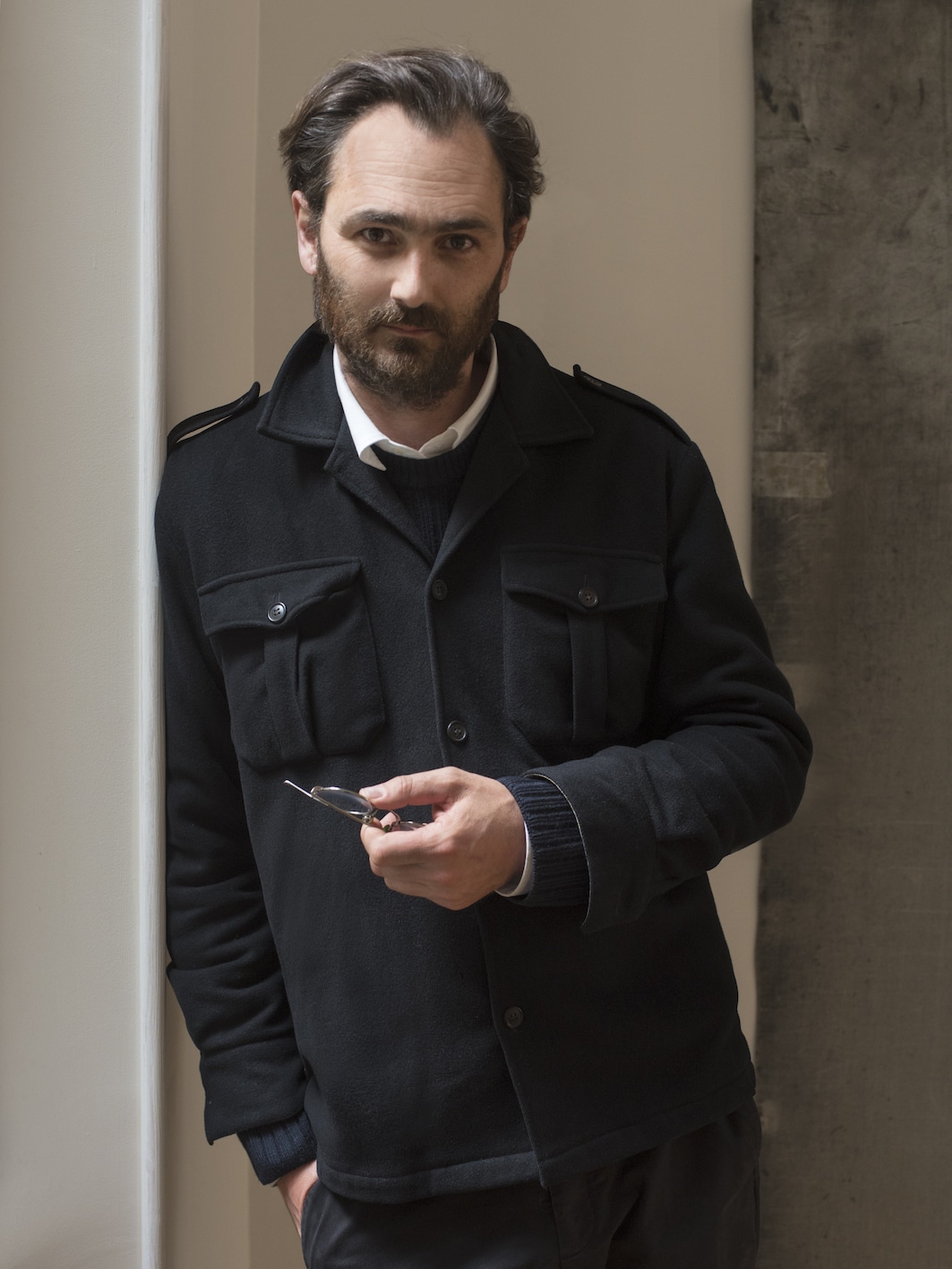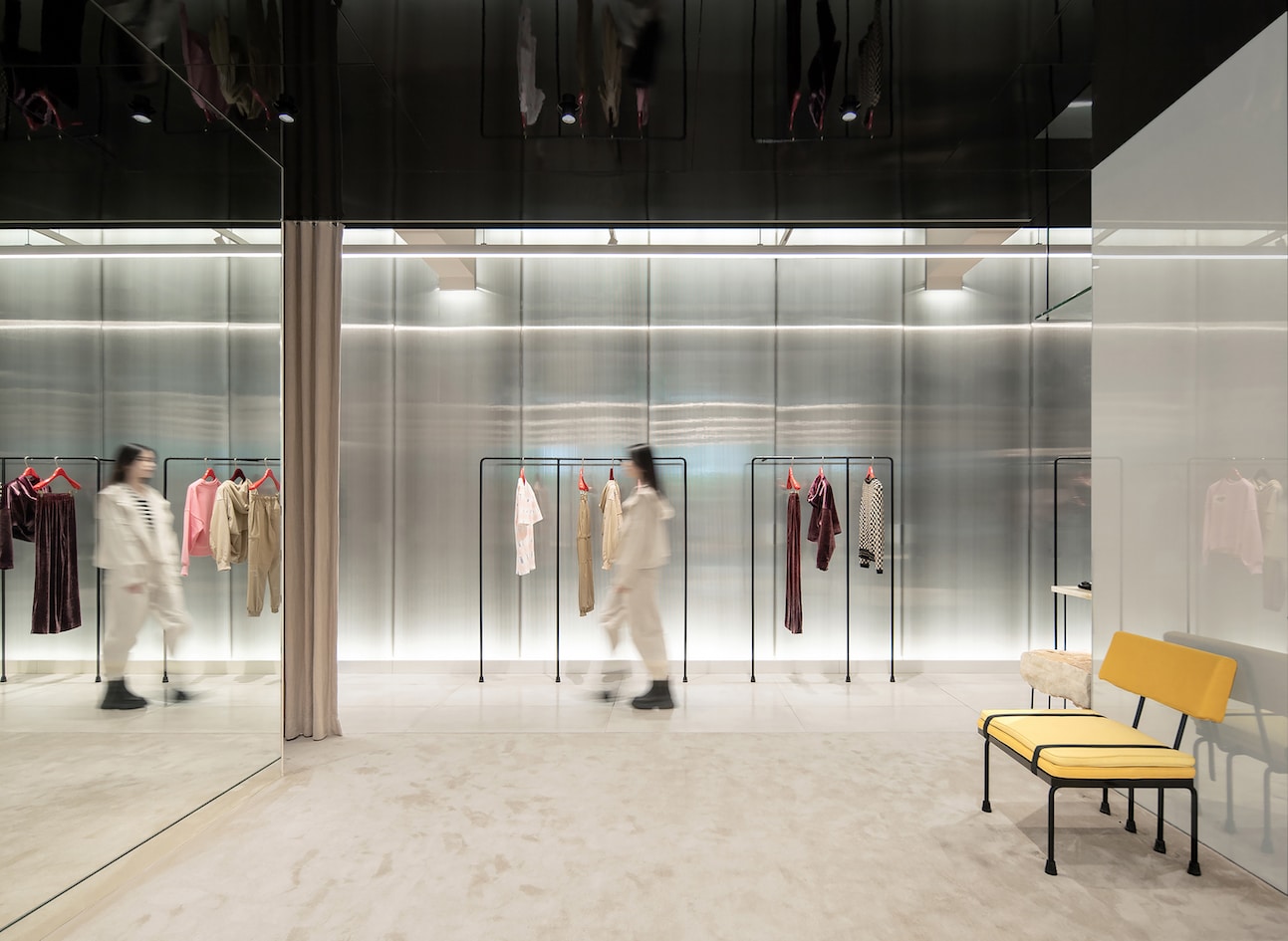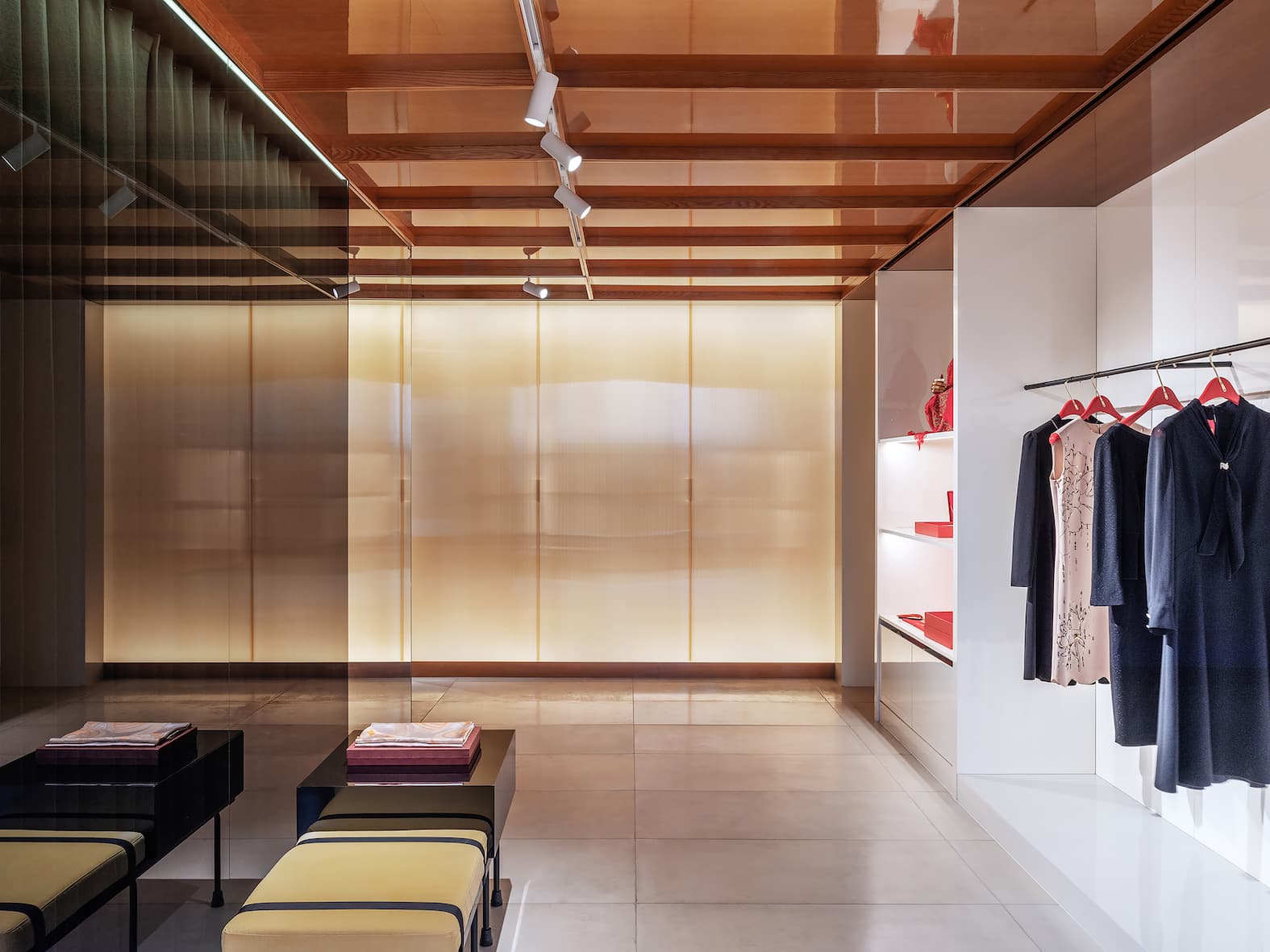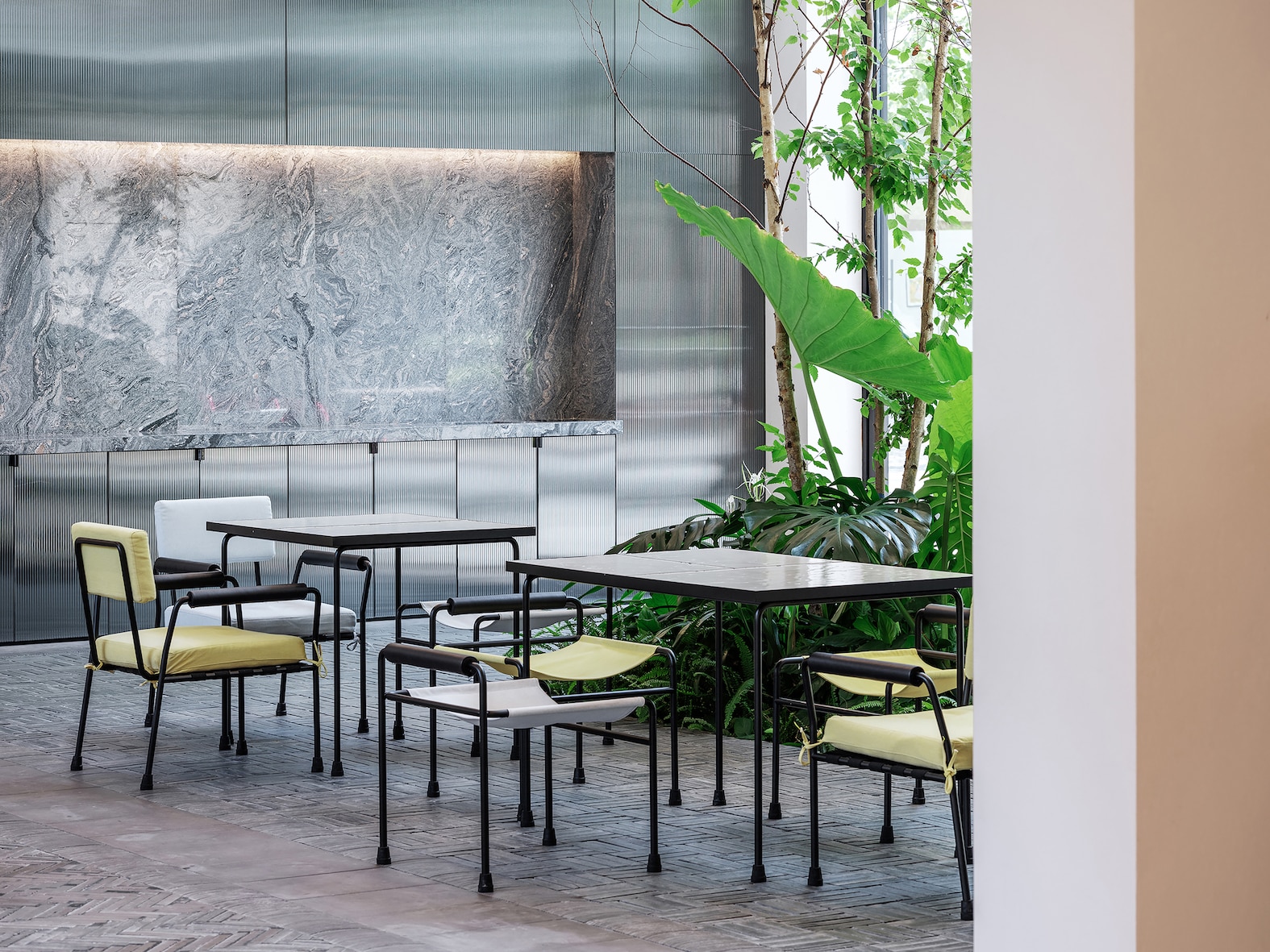
Franklin Azzi

Franklin Azzi and his practice, founded in 2006, develop a transversal approach stimulated by the intertwining of different views and disciplines. In constantly working on architecture, interior architecture, design and contemporary art, he develops a way of designing and building that is applicable to all scales and typologies of space.
From urban micro-architecture such as embodied by the Eiffel Kiosque and its prefabricated structure, to towers in Dubai and Paris, via conversions of existing buildings such as the Alstom market buildings in Nantes, his interventions are based on a quest for sustainability to meet the needs of all users. Far from any formal style, Franklin Azzi develops architecture that is minimalist in its aesthetic, maximalist in its multi-fold functionality and environmental quality, taking a stand for the return of ‘common sense’.
Emblematic in its capacity to create and innovate through re-use, the new Montparnasse Tower, planned for 2024, seeks to summarise its vision of the vertical city, low in energy use, open and resilient. Convinced of the strength of collective intelligence to meet the challenges of our time, Franklin Azzi has been working on this major project since 2017 with Nouvelle AOM teaming up with practices Chartier Dalix Architectes and Hardel Le Bihan Architectes. Leaning on the skills of his team of more than eighty people, a laboratory of research and innovation, Franklin Azzi asserts his desire to invent new paths ahead. Close to human needs and surroundings, he interrogates, examines, analyses and explores contexts, fabrication methods and materials before making these spaces reality. In response to the current challenges of the evolving city, the practice incorporates, from the outset of its design process, the mutability of use and the transformation of what is “already there”.
Franklin Azzi places his commitment as designer–builder at every level of creation, from large scale to the smallest detail of fabrication, whether for public or private commission, in France or elsewhere. In doing so, he breathes new life into built heritage (Tour d’Argent, Temple), inventing living and work spaces for tomorrow (Messager, Toko, The Bureau, Be In for LVMH), rethinks urban development with respect for what is already there (Halles Alstom in Nantes, Beaupassage for Emerige) and develops demountable and mobile structures (the rooftop pavilion on Galeries Lafayette). Places that outline a new horizon of possibilities, in an approach that is sustainable and contemporary, to the benefit of the end users.
1. Could you tell us how your journey started?
Right after high school – which I can’t say I was very good at – I had a kind of revelation: I enrolled in the 1st year of the École Spéciale d’Architecture. At the time, they were organizing meetings with outside personalities such as Steven Holl, Frédérique Borel and Rudy Ricciotti – great practitioners, not teachers by training, who passed on their passion for the profession. I then had some experience abroad, notably at the Glasgow School of Art created by Charles Mackintosh. Back in Paris, I worked with Architecture Studio, and then, I decided to set up my own architecture and interior design agency in 2006, the one you know today!
Within my agency, I develop a transversal approach stimulated by the intertwining of different views and disciplines. In constantly working on architecture, interior architecture, design and contemporary art, with the support of the dedicated endowment fund, I develop a way of designing and building that can be applied to all scales and typologies of space.
2. How would you describe your creative process?
Working closely with the human and its environment, I question, scrutinize, analyze, and explore contexts, manufacturing methods, and materials to bring the spaces I design to life. All my work starts by trying to understand the particularity of a space and how it has been treated historically and in literature in the broadest sense – books, films, music. This iconographic and historical accumulation has its origins in the global vision in which I like to work on projects. It has always been like that and continues to be so today at the agency, even now that there are 70 of us, this creative process is part of our DNA.
3. How do you get inspired?
I have many sources of inspiration. I come from a “sampling” generation and have been nurtured by various influences at the crossroads of disciplines. I’ve learned to digest, assemble and recompose again and again, depending on the context. Constantly reinventing my approach, I’m constantly seeking to synthesize these different influences.
4. You had signed many retail projects for well-known brands such as Christophe Lemaire, Isabel Marant, Jérôme Dreyfuss, Bali Barret, Lacoste in several different cities. How do you work on projects like this?
I place my commitment as a designer-builder at every level of creation, from the largest scale to the smallest manufacturing detail, whether it’s a public or private commission, in France or abroad. Regarding retail projects, I always felt that it was a fantastic opportunity to collaborate with several figures from fashion, such as Christophe Lemaire, Bali Barret and Isabel Marant, and EP Yaying more recently. For this last chinese brand, we worked closely with the fashion designer Serge Ruffieux and choose to emphasize transparency, openness to the outside world and the integration of nature within the building. The space dedicated to the brand meets the public space in a principle of fluid urbanity. After, Jiaxing, Hengshanfang and New-York, we are currently working on the Beijing boutique. The agency is very proud to carry out these projects in China, as we succeeded in blending our European aesthetic with certain timeless Asian codes and crafts to create a new style.
5. How do you think the design industry changed over the past decade? What would be your comments on it?
When you look at the architects of the ’80s who made France famous, they were architects-artists. They drew up very free projects, and then the engineers had to make sure they were carried out. Today, we’re at the crossroads of all kinds of crises, be they economic, health or environmental. In fact, our profession has become highly technical. Our duty as architects is to design lasting architecture that will stand the test of time and adapt to different uses.
6. Is there a design object you can’t live without?
I don’t have a specific object in mind, but I like them when they have different functions and stand through time. I like timelessness. The enduring nature of the object. We should invent a lifetime guarantee for objects.
7. Which interior designers, artist or creatives have influenced or inspired you?
If I had to name just one, I’d say Paul Virilio, who was my teacher when I was a student. I often think back to his words, which continue to inspire and influence me, and I’m resolutely in line with the legacy of this thinker and builder with his exploratory approach.
Thanks to his thinking and teaching, I now advocate a type of architecture known as “justness”: measured in its needs, sober in its writing, and enduring thanks to its ability to withstand the test of time and adapt to new uses.
8. What advice would you give to beginner designers?
Today, we can say that there is a difference between the trade and the profession. In other words, young architects learn a profession in the noble and almost exclusively creative sense of the term, in which they are asked to let go of the reins and express themselves freely. And then, as soon as they get their first job, they realize that the reality is different, because 90% of our time is spent solving really complex constraints. I often tell young architects who have just graduated and who join my agency that this resolution of constraints will lead to a creative path that is quite unique and to which each person brings their own signature. As far as I’m concerned, I’m a bit like the minimalist artists who like to work with materials, the industrial process, the economics of the project. I think there’s a lot of creativity in technique. The result is a form of creativity that is quite pure. That’s what I advocate at the agency.
Gallery images ©TIAN FANGFANG





